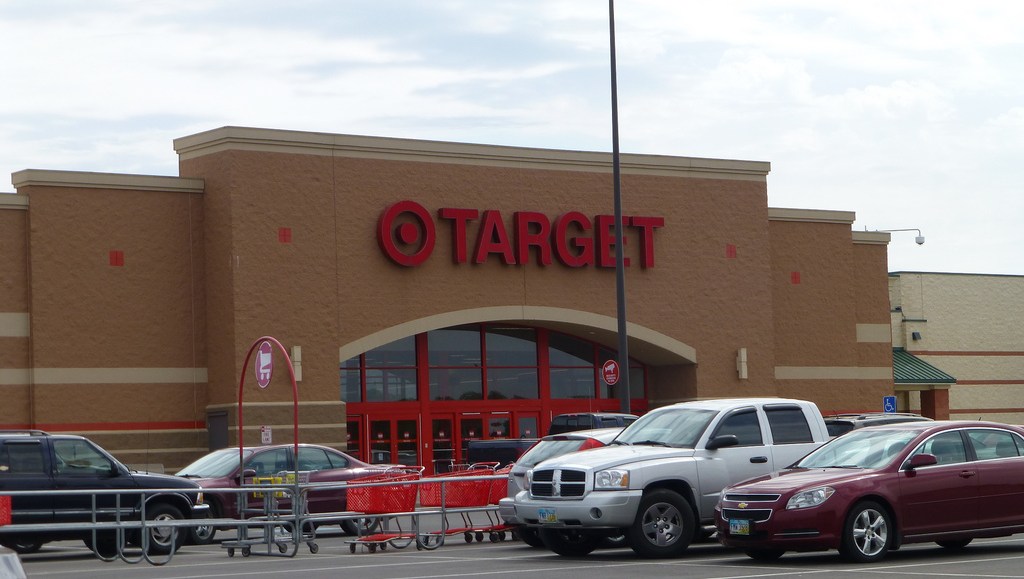Save 50% on a 3-month Digiday+ membership. Ends Dec 5.

![]() This is the fourth story of a series looking at how today’s retailers are fighting back against the Amazons of the world. It is brought to you by Sociomantic, a market leader in providing dynamic display ad campaigns powered by CRM data for ecommerce advertisers.
This is the fourth story of a series looking at how today’s retailers are fighting back against the Amazons of the world. It is brought to you by Sociomantic, a market leader in providing dynamic display ad campaigns powered by CRM data for ecommerce advertisers.
Much has changed since Sears published its first catalog in 1888. One thing that hasn’t is retail’s love affair with content.
Now more than ever – with the ascent of social media and mobile shopping – retailers have moved beyond peddling their wares through pamphlets and become full-fledged media players. They have the eyeballs and consumer data. Amazon, Walmart, Target, Sears and Best Buy all rank among the top 100 comScore websites. So naturally retailers believe they can profit by boosting their brand’s messaging any way they can, in how-to guides and fashion tips and so on.
“The Internet requires every brand, business and individual to become a publisher,” said Rachel Tipograph, the Gap’s director of global digital and social media. “Content is the currency within our social Web.”
Over the last two years, the Gap has developed a digital content strategy it calls “lo-fi,” building content specifically designed for mobile social networks such as Facebook, Twitter, Instagram and Vine. For example, here’s an Instagram image of a man and his iced coffee. The content reads, “Weekends were made for iced coffee and casual gingham.”
Gap’s content can be created far in advance or in real-time to respond to culture, weather or whatever is buzzing. Tipograph said that lo-fi content receives 70 percent higher engagement than traditional advertising content across its social channels. That Instagram photo, for example, has almost 3,400 likes.
While likes are nice, sales they are not. And it’s difficult to prove that a retailer’s content strategy gets product to fly off the shelves. Instead, retailers like the Gap and Target use their content as a branding mechanism. For them, sharing means caring. “We’re putting it out there so people can consume it,” said Dustee Jenkins, vp of PR for Target. “We’re generating brand love by putting out content and giving people the ability to tell friends.”
Last year, for example, Target rolled out A Bullseye View to tell the full Target story – from products to events to partnerships. This post about the history of Target was shared roughly 1,600 times across various social platforms. One recent piece tied the royal baby’s birth with products suited for a newborn future king. [“We may not know anything about being third in line to Britain’s throne, but we do know about babies (and their first-time moms and dads). Below, we bundled up a few of our favorite pieces that are fit for royalty.”]
Operated by Target’s PR team, the site is run like a mini media outlet, complete with internal daily edit meetings and weekly editorial meetings with its agency, GroupSJR, which creates the content.“We’re a publicly traded business, but we know one of the ways we drive sales is through loyalty,” said Jenkins. “When you think about A Bullseye View, it would be short-sighted to think about revenue. It’s more about building meaningful relationships with our customers.”
New kids on the retail block, like Refinery29, are taking the content idea to heart. Each is a retail/publisher hybrid. Refinery29 mixes a piece of content about a vegan leather dress with the option to purchase it. But for most traditional retailers, the link between the content and sales is less direct.
According to Jim Mason, strategy director at Razorfish, the rise of tablets and growth of social have dovetailed to push the retailer-as-publisher trend. He wrote in a post last year that tablets are “redefining how people consume media and shop online,” and that social acts as a strong distribution vehicle that forces companies to continue creating content.
“Consumers are no longer looking for shopping experiences that are distinctly separate: here are my favorite shops to transact with and over here are my favorite fashion publishers,” Tipograph said. “Today, consumers are looking to shop within content.”
Image via Flickr/fanofretail
More in Marketing

Future of Marketing Briefing: The tells and flops that will define Omnicom-IPG mega holdco
The real story will sit in how this newly fused entity behaves — whether it breaks from the patterns that defined both parents or simply scales them.

In Graphic Detail: CMOs at a crossroads of power and proof
CMOs are closing out another year defined by churn and shifting ground.

As Black Friday nears, fake apologies from brands are all over Instagram
Brands have taken to social media in advance of Bliack Friday to ask followers for forgiveness. The catch: They’re apologizing for their products being too good.





